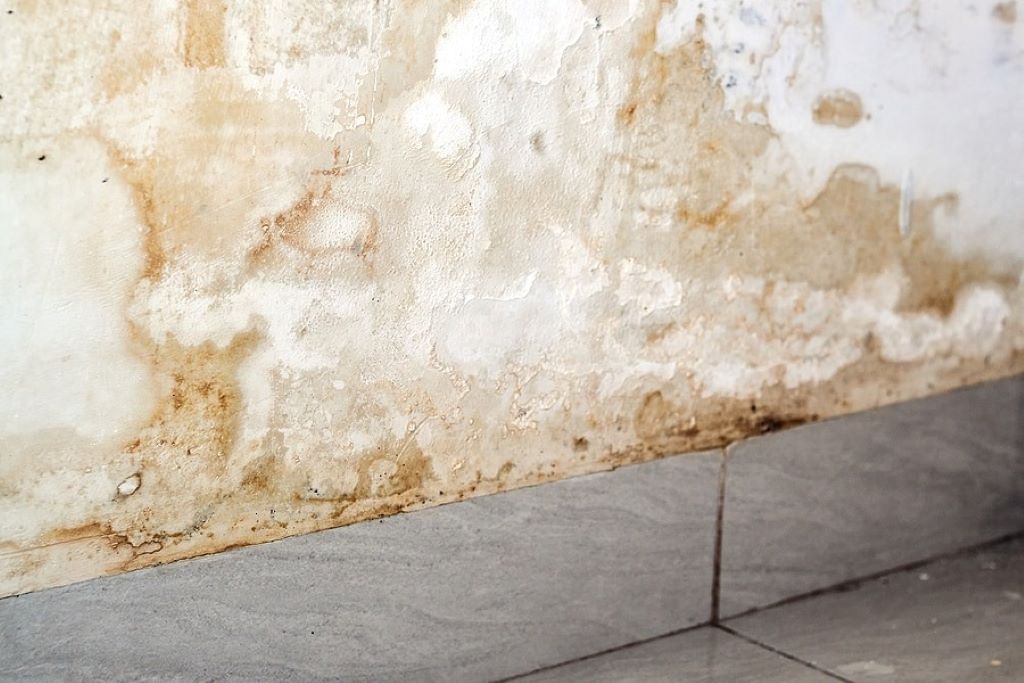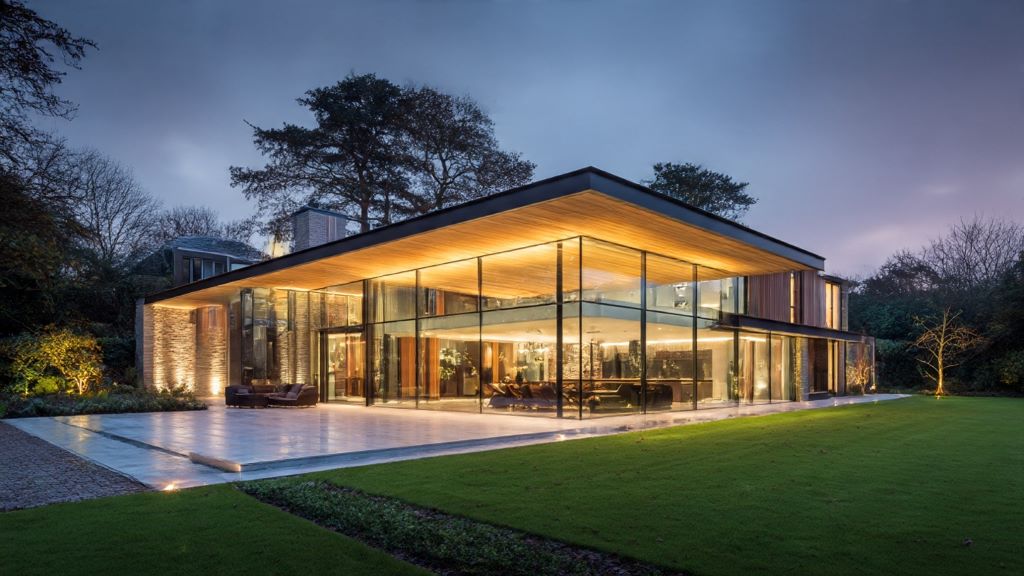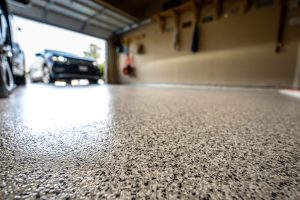Why Are My Newly Painted White Walls Turning Yellow?
Nothing is more frustrating than completing a fresh paint job only to discover unsightly discoloration appearing on your pristine white walls. This common problem affects countless homeowners, and understanding the root causes can save you time, money, and future headaches. At H Decor Ideas, we’ve helped numerous homeowners tackle this exact issue with practical solutions that work.
When you notice a yellow stain on wall surfaces that were recently painted white, several factors could be at play. Most commonly, this discoloration stems from moisture issues, incompatible paint products, or underlying wall conditions that weren’t properly addressed before painting. The good news is that once you identify the cause, most yellowing problems can be resolved with the right approach.
Understanding why this happens is crucial for both fixing current issues and preventing future ones. Whether you’re dealing with yellow stain on wall areas in your bathroom, kitchen, or living spaces, the solution often lies in addressing the underlying moisture or chemical reactions causing the discoloration.
Common Causes of White Paint Turning Yellow
Moisture and Humidity Problems
High humidity levels create the perfect environment for paint discoloration. When moisture gets trapped behind paint layers, it can cause chemical reactions that result in yellowing. This problem is especially common in bathrooms, kitchens, and basements where steam and condensation are frequent visitors.
Poor ventilation amplifies moisture issues significantly. Without proper air circulation, humidity builds up and creates conditions that promote paint degradation. Additionally, water leaks from pipes, roofs, or windows can introduce moisture directly into wall materials, causing stains to appear through the paint surface.
Paint Quality and Compatibility Issues
Using low-quality paint or primer often leads to yellowing problems. Cheaper paints may contain additives that break down over time, especially when exposed to heat or sunlight. Oil-based paints are particularly susceptible to yellowing as they age, which is why water-based alternatives are often recommended for white walls.
Mixing incompatible paint systems can also cause discoloration. For instance, applying latex paint directly over oil-based surfaces without proper preparation can result in poor adhesion and chemical reactions that manifest as yellow stains.
Underlying Wall Conditions
Old wallpaper adhesive, tobacco smoke residue, or previous paint layers can bleed through new paint applications. These substances contain tannins and other compounds that gradually migrate upward, creating yellow or brown stains on fresh paint surfaces.
Drywall compounds and joint fillers sometimes contain materials that react with certain paints. When moisture is present, these reactions become more pronounced, leading to visible discoloration patterns along seams and patched areas.
Environmental Factors Contributing to Paint Yellowing
Heat and Sunlight Exposure
Direct sunlight can accelerate the chemical breakdown of paint components, particularly in oil-based formulations. UV rays cause molecular changes that result in yellowing, especially noticeable on white and light-colored surfaces. South-facing walls often show these effects first due to increased sun exposure throughout the day.
Heat sources like radiators, heating vents, or fireplaces can also contribute to paint degradation. The combination of heat and any residual moisture creates ideal conditions for yellowing to occur.
Air Quality and Contaminants
Cigarette smoke, cooking vapors, and other airborne pollutants can gradually stain white paint surfaces. These contaminants settle on walls and, over time, penetrate the paint film, causing yellow or brown discoloration.
Chemical cleaners used on nearby surfaces can also affect paint integrity. Strong solvents or acidic cleaners may create vapor that interacts with paint, leading to unexpected color changes.
Prevention Strategies for White Paint Yellowing
Proper Surface Preparation
Thorough cleaning before painting is essential for preventing future discoloration. Remove all traces of old wallpaper, adhesive, and loose paint. Sand glossy surfaces to improve adhesion and ensure any stain-causing substances are completely eliminated.
Use a high-quality primer specifically designed to block stains and provide proper adhesion. Stain-blocking primers create a barrier that prevents underlying substances from bleeding through the topcoat.
Choosing the Right Paint Products
Invest in premium-quality paint designed for the specific room conditions. For high-moisture areas, select paints with anti-microbial properties and enhanced moisture resistance. Water-based paints generally resist yellowing better than oil-based alternatives.
Consider semi-gloss or satin finishes for areas prone to moisture exposure. These finishes are easier to clean and more resistant to humidity-related damage compared to flat paints.
Improving Indoor Air Quality
Install adequate ventilation systems in moisture-prone areas. Exhaust fans in bathrooms and range hoods in kitchens help remove humidity and prevent condensation buildup that can lead to paint problems.
Address any underlying moisture issues before painting. Fix leaky pipes, improve weathersealing around windows, and ensure proper drainage around your home’s foundation.

Solutions for Existing Yellow Stains
Assessment and Diagnosis
First, determine whether the yellowing is surface-level or has penetrated deeper into the paint layers. Surface stains might respond to gentle cleaning, while deeper discoloration typically requires more extensive treatment.
Test cleaning solutions on inconspicuous areas before applying them broadly. Some stains respond well to mild detergent solutions, while others require specialized stain-removing products.
Cleaning and Treatment Options
For surface-level yellowing, try cleaning with a solution of warm water and mild dish soap. Use a soft sponge or cloth to avoid damaging the paint surface. Rinse thoroughly and allow the area to dry completely.
Stubborn stains may require stronger treatment. Oxygen bleach solutions can be effective on some types of discoloration, but always test first and ensure adequate ventilation during application.
When to Repaint
If cleaning doesn’t resolve the yellowing, repainting may be necessary. However, simply applying new paint over stained areas rarely provides lasting results. Proper preparation including stain-blocking primer is essential for success.
Consider the age and overall condition of the existing paint when deciding whether to spot-treat or repaint entire walls. Sometimes a complete refresh provides the most economical long-term solution.
Professional Help vs DIY Solutions
DIY Approaches That Work
Many yellowing issues can be successfully addressed with DIY methods. Simple cleaning, improving ventilation, and applying quality stain-blocking primer before repainting often resolve the problem completely.
Document your efforts with photos and notes about what works. This information proves valuable if the problem recurs or if you need to explain the situation to professionals later.
When to Call Experts
Extensive water damage, recurring stains despite proper preparation, or yellowing accompanied by other wall problems may require professional assessment. Contractors can identify underlying structural issues that contribute to paint problems.
Professional painters have access to specialized products and techniques that may not be readily available to homeowners. They can also provide warranties on their work, offering peace of mind for significant repainting projects.
Long-Term Maintenance Tips
Regular Inspection and Care
Check your walls periodically for early signs of discoloration. Catching problems early makes treatment easier and less expensive. Pay special attention to areas near heat sources, windows, and plumbing fixtures.
Clean walls gently but regularly to prevent buildup of substances that can cause staining. Use appropriate cleaning products for your specific paint type and finish.
Environmental Controls
Maintain consistent indoor humidity levels between 30-50 percent. Use dehumidifiers in damp areas and humidifiers in overly dry conditions to create optimal environmental conditions for paint longevity.
Ensure adequate air circulation throughout your home. Open windows when weather permits, and consider installing ceiling fans in areas where natural ventilation is limited.
Conclusion
Yellow stains on white walls can be frustrating, but they’re usually preventable and treatable with the right approach. The key lies in understanding the underlying causes, whether they stem from moisture issues, paint quality problems, or environmental factors. By addressing these root causes rather than just the visible symptoms, you can achieve lasting results that keep your white walls looking fresh and clean.
Prevention through proper surface preparation, quality paint selection, and environmental controls proves far more cost-effective than repeatedly treating recurring stains. When problems do arise, early intervention with appropriate cleaning methods or professional-grade stain-blocking products typically provides excellent results.
Remember that every situation is unique, and what works in one home may not be the best solution for another. Don’t hesitate to consult with paint professionals when dealing with persistent or extensive yellowing issues, as they can provide specialized expertise and access to commercial-grade products that ensure long-lasting results.
Frequently Asked Questions
Why do white walls turn yellow over time even without obvious moisture issues? Even in dry conditions, white paint can yellow due to UV exposure, heat, air pollutants, or natural aging of paint components. Oil-based paints are especially prone to yellowing as they oxidize over time.
Can I paint over yellow stains without primer? While possible, painting directly over yellow stains rarely provides lasting results. The discoloration typically bleeds through the new paint within weeks or months. Always use a high-quality stain-blocking primer for best results.
What’s the difference between moisture-related yellowing and other types? Moisture-related yellowing often appears in patterns corresponding to water intrusion points and may be accompanied by peeling or bubbling paint. Other types of yellowing typically appear more uniformly across surfaces.
How long should I wait after fixing moisture problems before repainting? Allow at least 30 days after resolving moisture issues before repainting. This ensures the area is completely dry and any remaining moisture-related chemicals have had time to dissipate.
Are there specific paint brands that resist yellowing better than others? Premium paint brands generally offer better yellowing resistance, but the specific formulation matters more than the brand name. Look for paints specifically marketed as non-yellowing or designed for high-humidity environments.
Read More:
Does Renters Insurance Cover Water Leak Damage?
Benefits of an Epoxy Floor Coating in a Garage for Rustic Decor














Post Comment